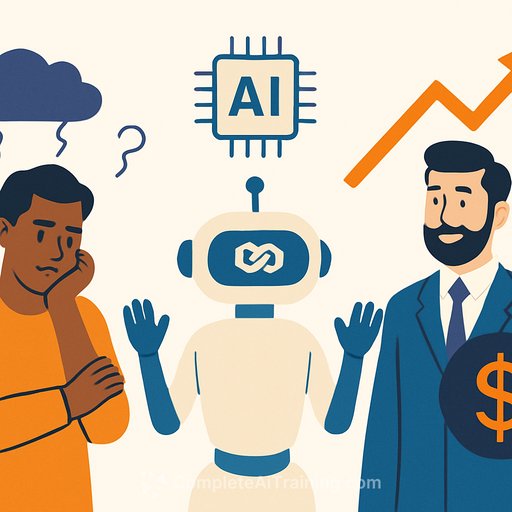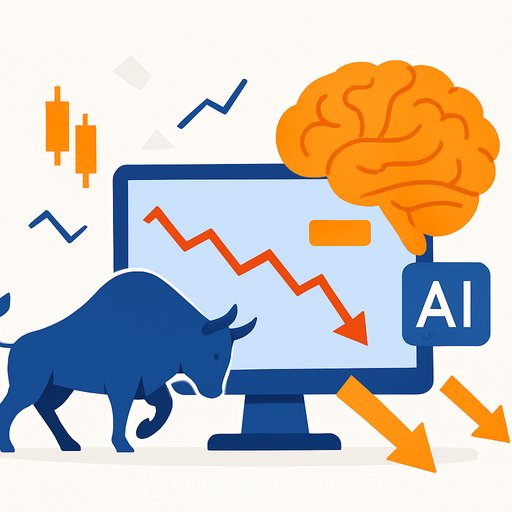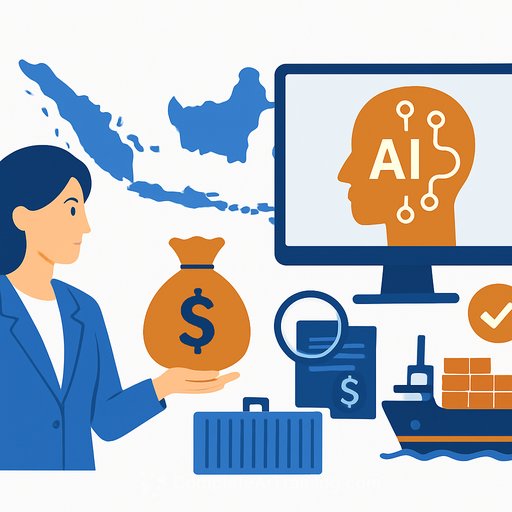GPT-5 Disappoints Users but Investors Stay Confident
OpenAI’s recent release of GPT-5 has left users and analysts underwhelmed. Despite high expectations, the model showed only incremental improvements rather than groundbreaking advancements. OpenAI’s CEO, Sam Altman, called GPT-5 “a significant step along the path to AGI” (Artificial General Intelligence), but users quickly spotted its shortcomings, such as errors in simple tasks like mislabeling U.S. maps and basic math mistakes.
Advanced users described GPT-5’s personality as colder and more mechanical, a shift from the more engaging tone of previous versions. OpenAI acknowledged this feedback and promised to make future iterations warmer and friendlier, while maintaining that the model’s tendency toward sycophancy hadn’t increased. Additionally, new usage limits—capping queries at 200 per week for paying subscribers—sparked frustration, leading Altman to reinstate a popular older model and commit to offering more customization options.
Incremental Progress and Industry Challenges
Unlike previous releases that felt like major leaps, GPT-5’s improvements appear modest. Thomas Wolf, co-founder of AI startup Hugging Face, noted that users expected something revolutionary but instead got an update that felt familiar. Research from Princeton University ranked GPT-5 as average compared to competitors like Claude, Gemini, DeepSeek, and xAI across various tasks such as scientific problem-solving, coding, and customer service.
GPT-5’s main advantages lie in cost efficiency and speed rather than intelligence. This has sparked comparisons to the “AI winter” of the 1980s, when hype around AI outpaced actual delivery. Gary Marcus, a well-known AI critic, commented that the approach of simply scaling up systems to reach AGI has hit a wall with GPT-5.
Progress in large language models has heavily relied on increasing data and computing power. However, freely available internet data is largely exhausted, forcing companies to negotiate with publishers for content. Training costs are rising sharply; GPT-5 reportedly used hundreds of thousands of Nvidia’s latest processors, highlighting resource limits. Some experts, including Meta’s chief scientist Yann LeCun, suggest that future progress requires models trained on real-world video and multimodal data instead of just text.
Investors Keep Betting on AI’s Potential
While users express frustration, investors remain bullish on AI’s future. Wall Street and venture capital continue to pour billions into AI startups and technology. Nvidia, the leading chipmaker for AI training, recently hit a $4.4 trillion valuation. SoftBank, a major OpenAI backer, saw its shares rise over 50% in the last month.
OpenAI itself reports $12 billion in annual recurring revenue from ChatGPT. Investors view GPT-5 less as a breakthrough toward AGI and more as a stable infrastructure for building AI-powered products. Princeton researcher Sayash Kapoor points out that GPT-5’s reliability and cost-effectiveness make it a solid foundation for businesses to develop applications.
Venture capitalist Peter Deng, formerly of OpenAI, believes the market is far from saturated. He says startups and companies have barely scratched the surface of AI’s potential in business and consumer applications.
For those interested in expanding their AI knowledge or exploring practical applications, Complete AI Training offers up-to-date courses covering the latest in AI tools and strategies.
Your membership also unlocks:






